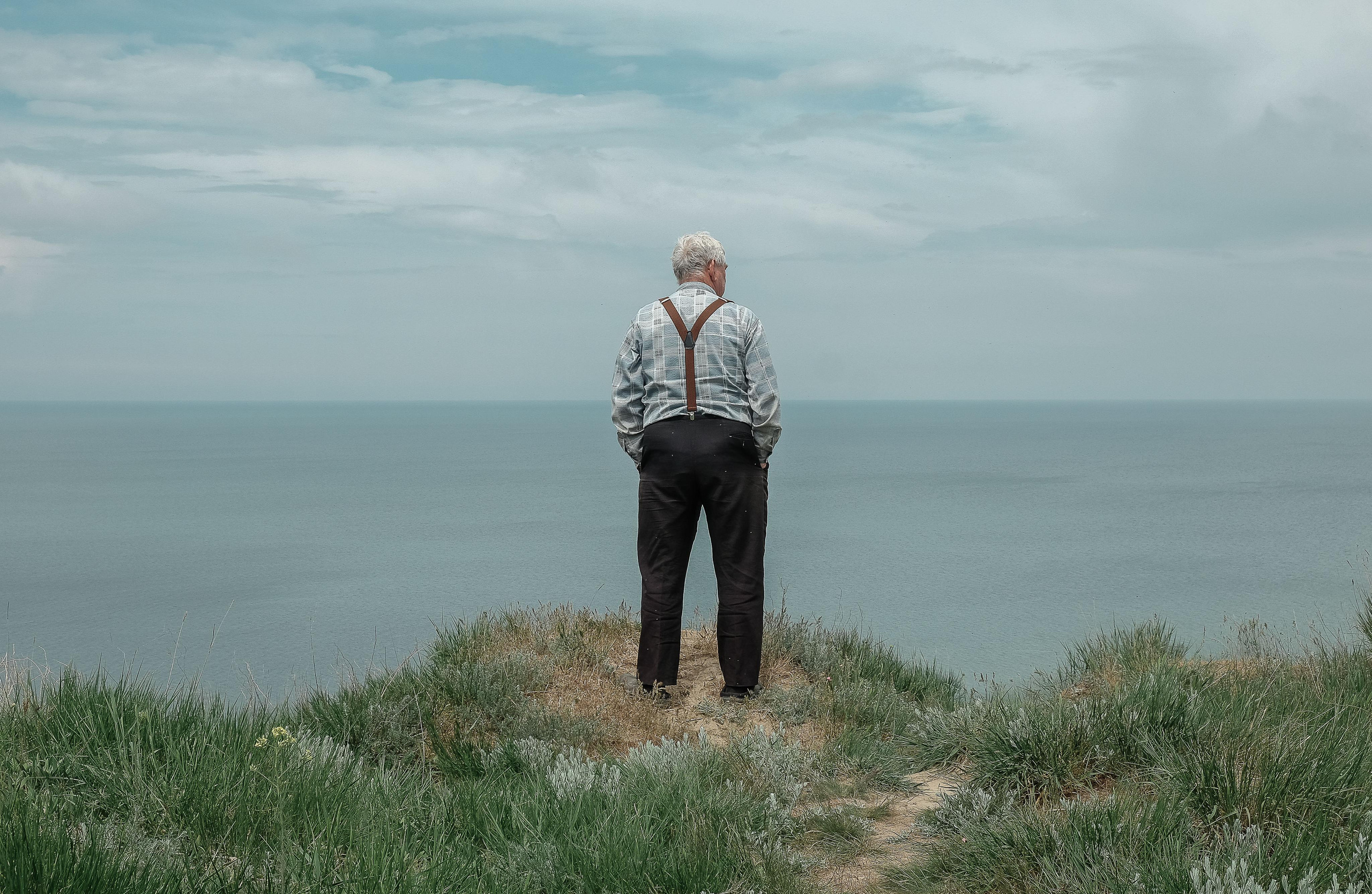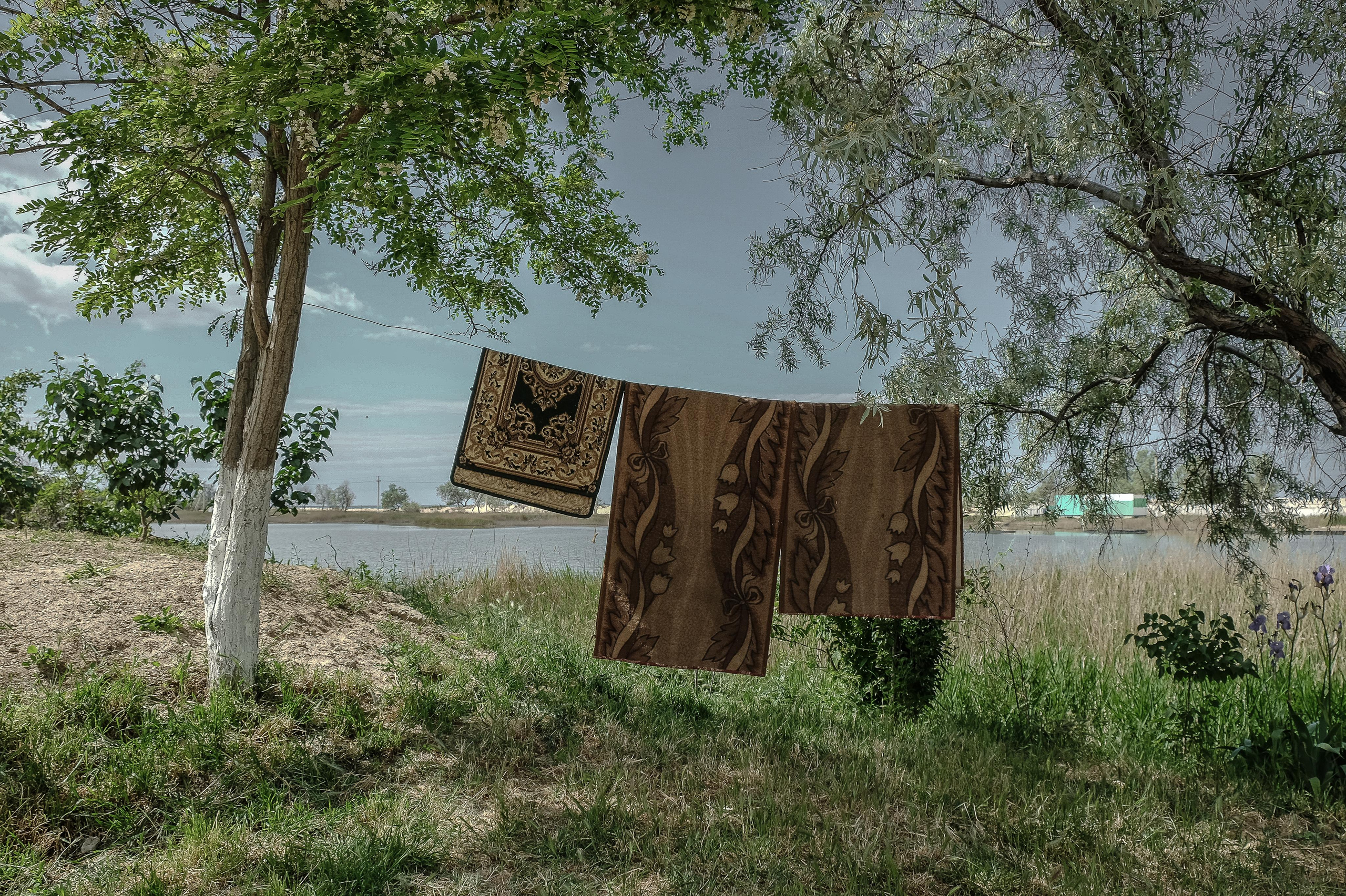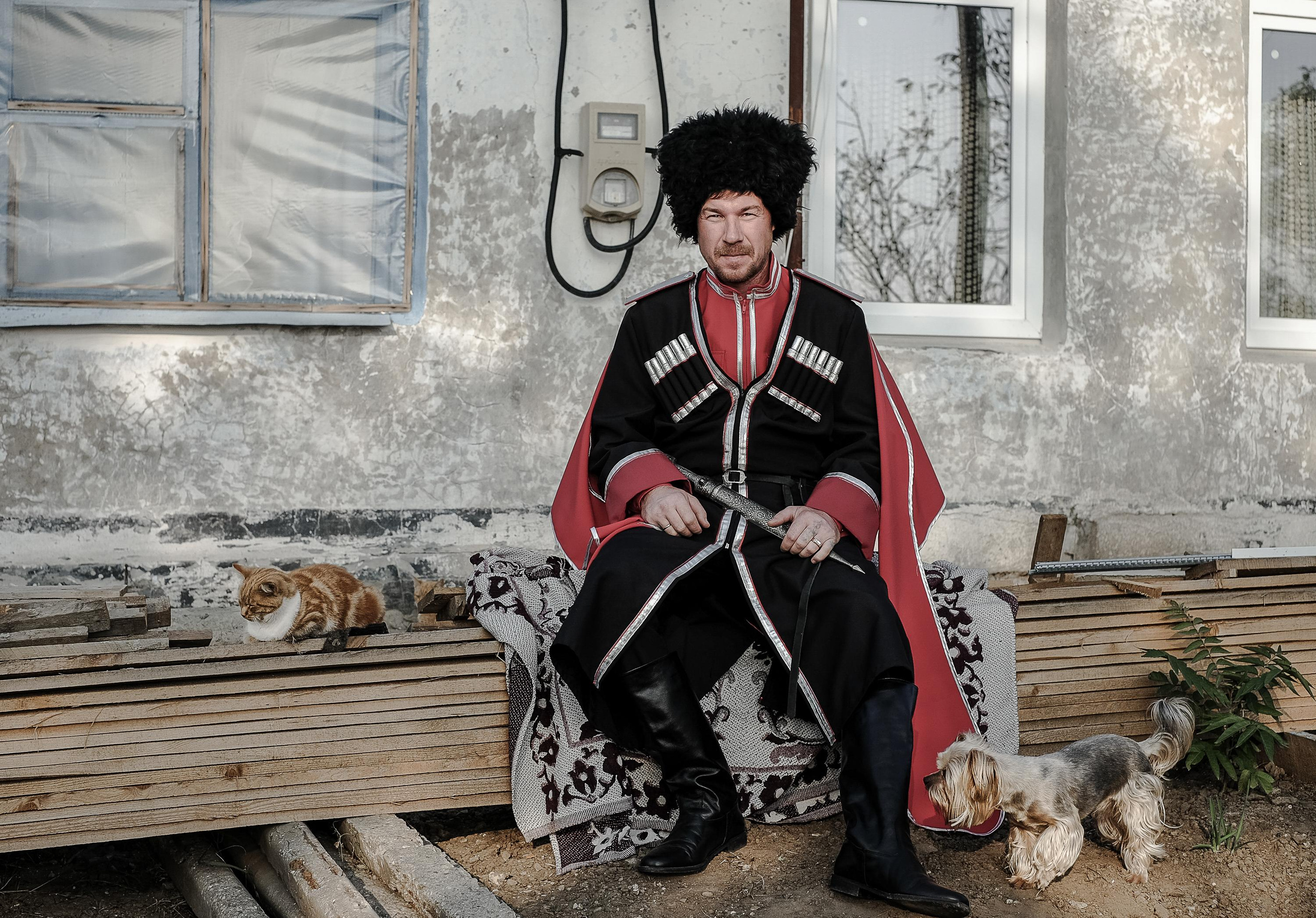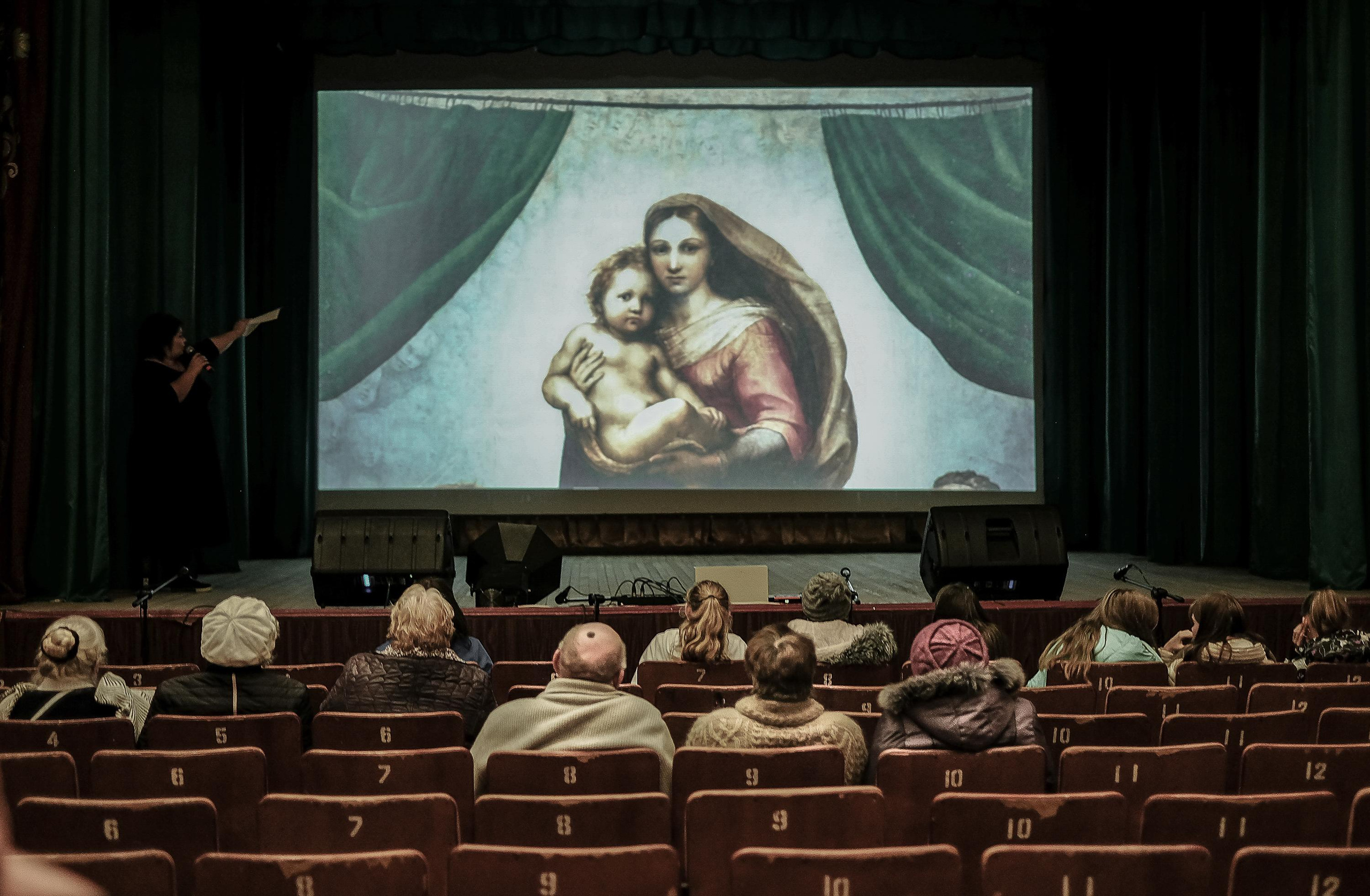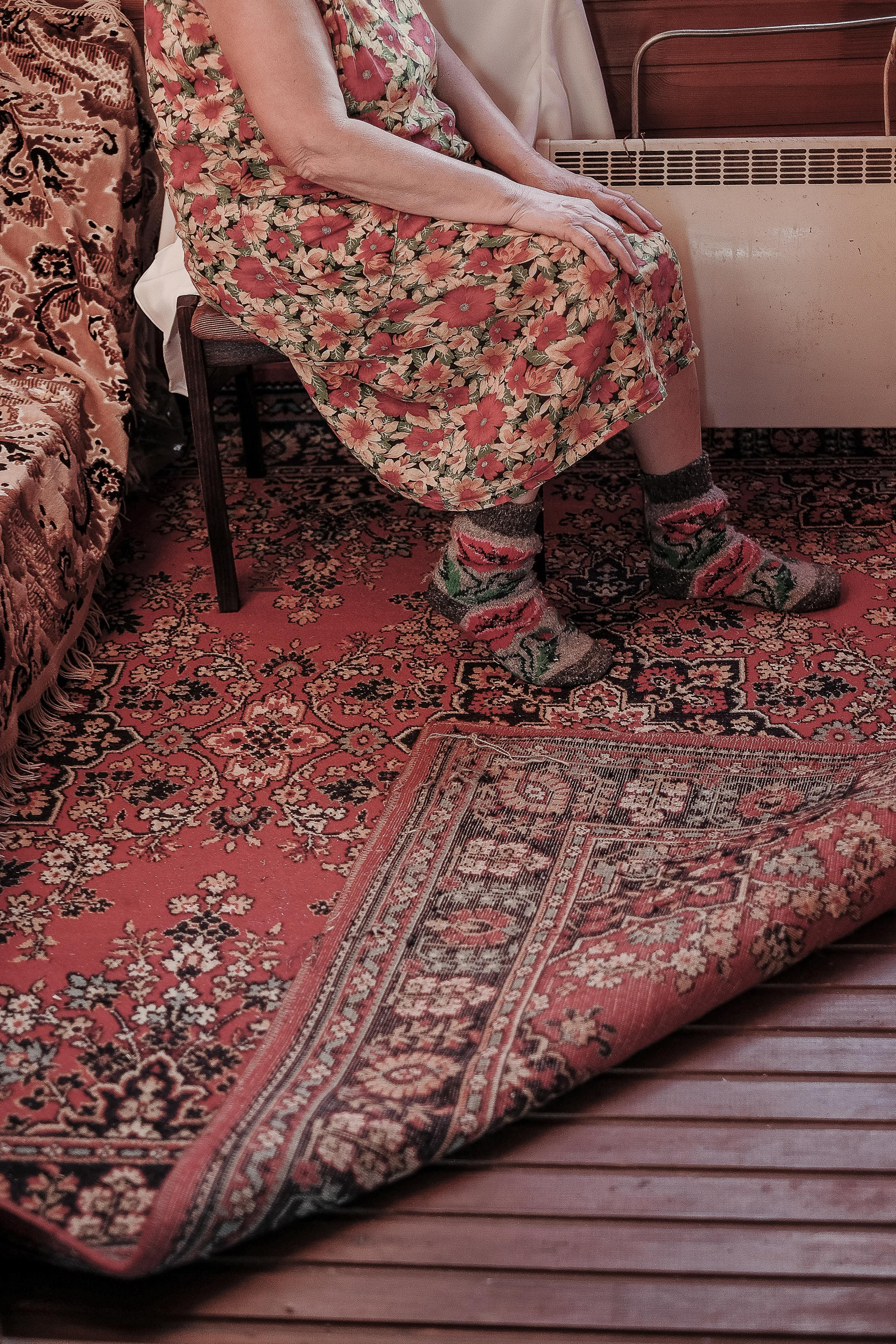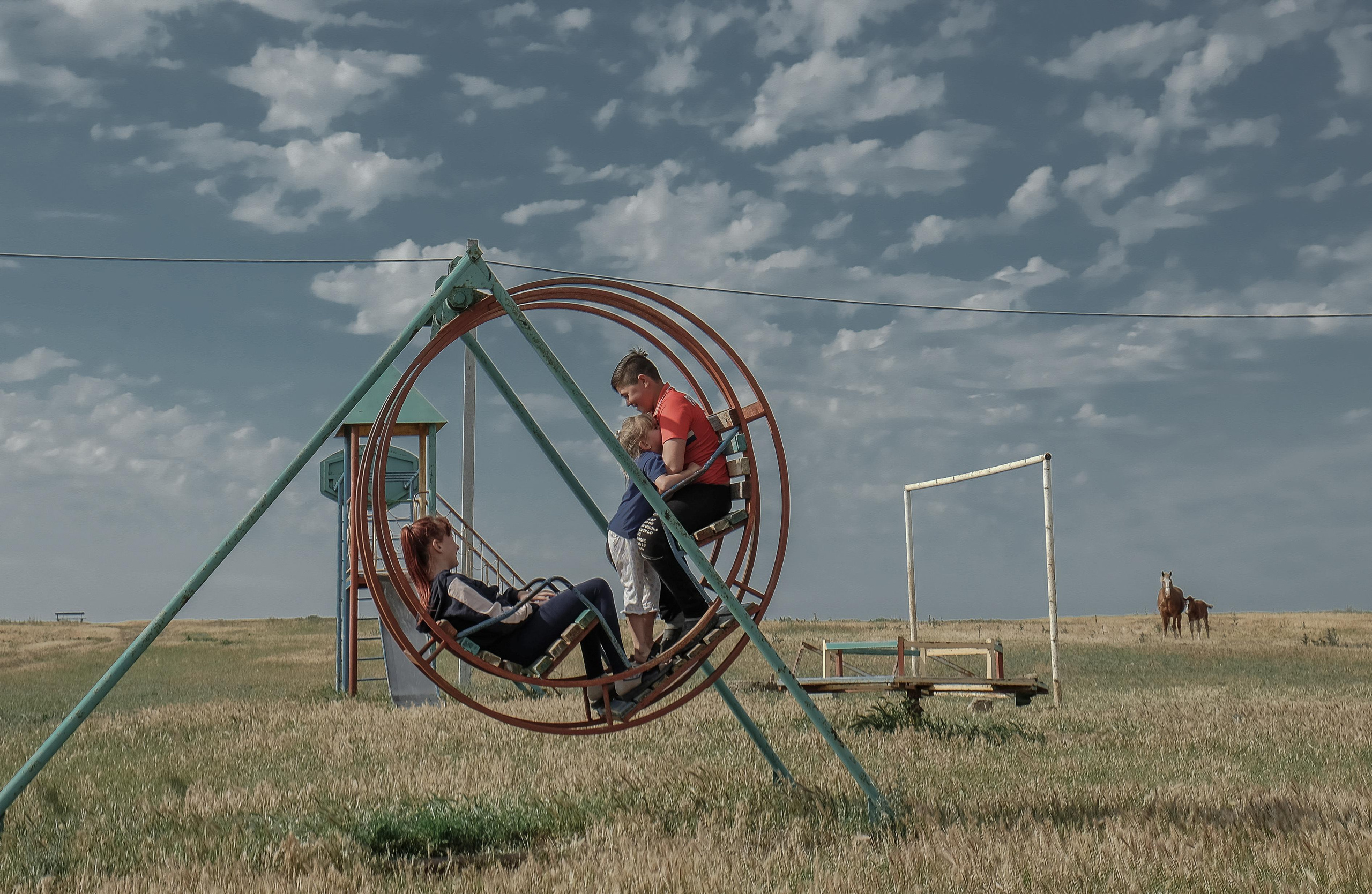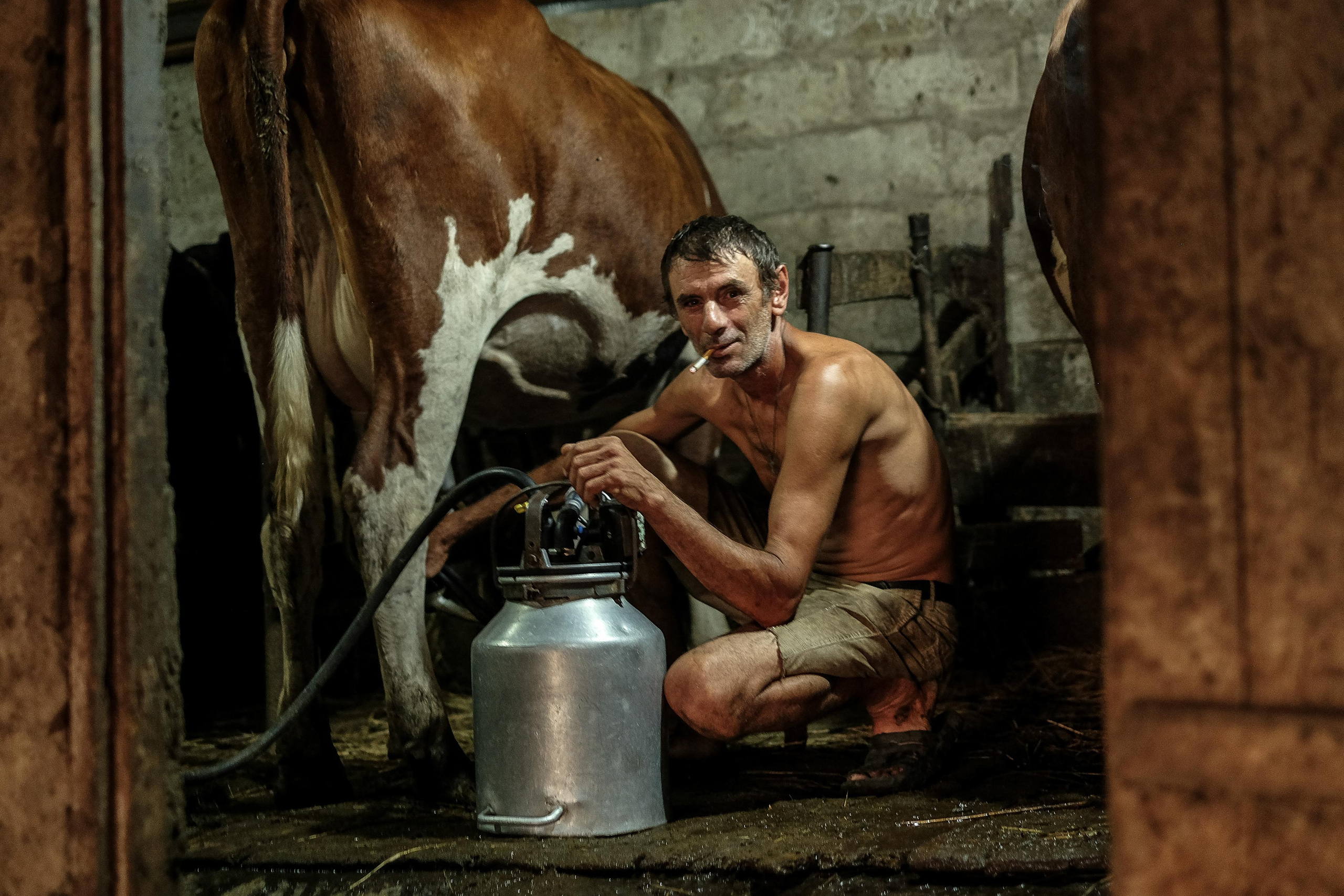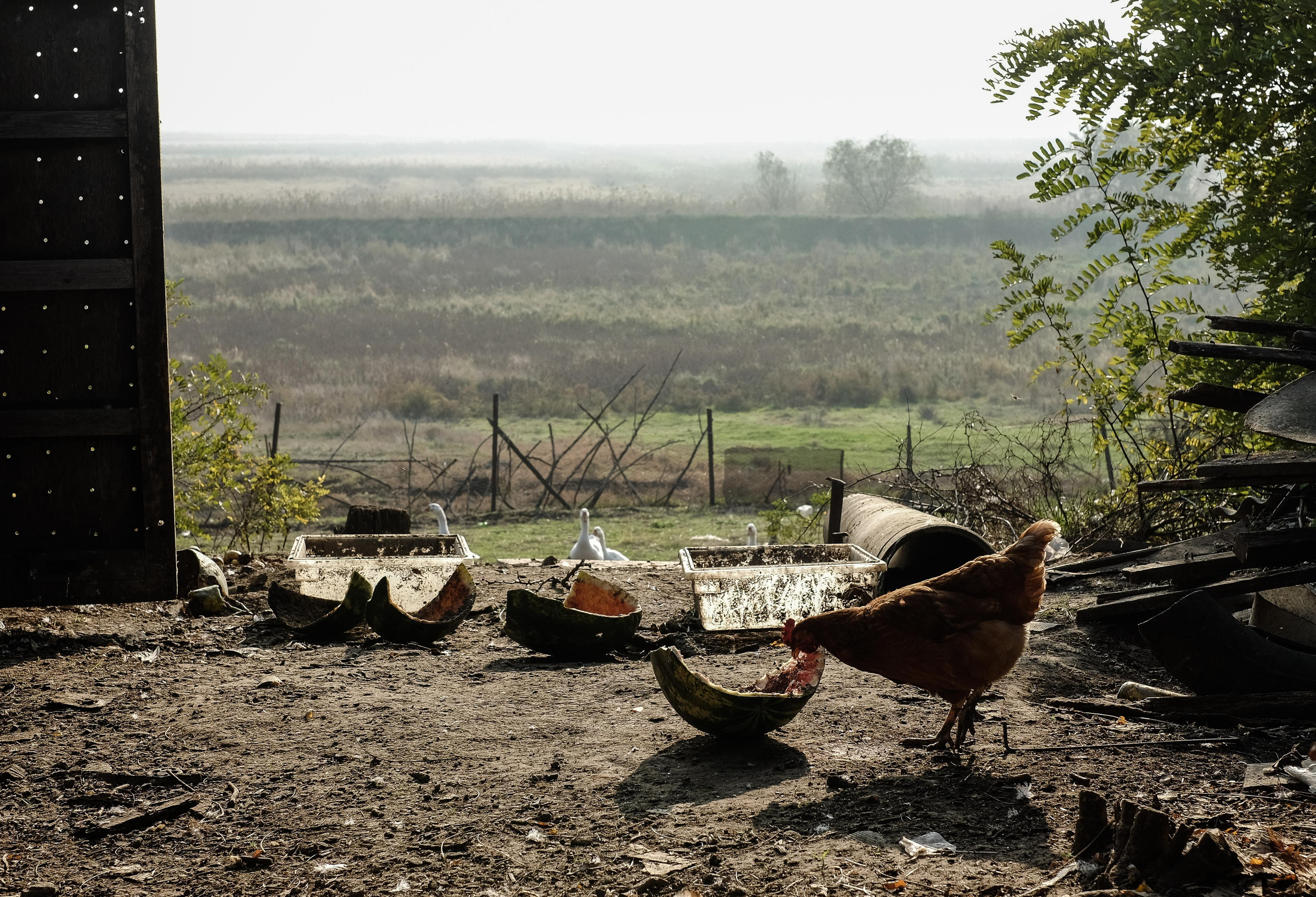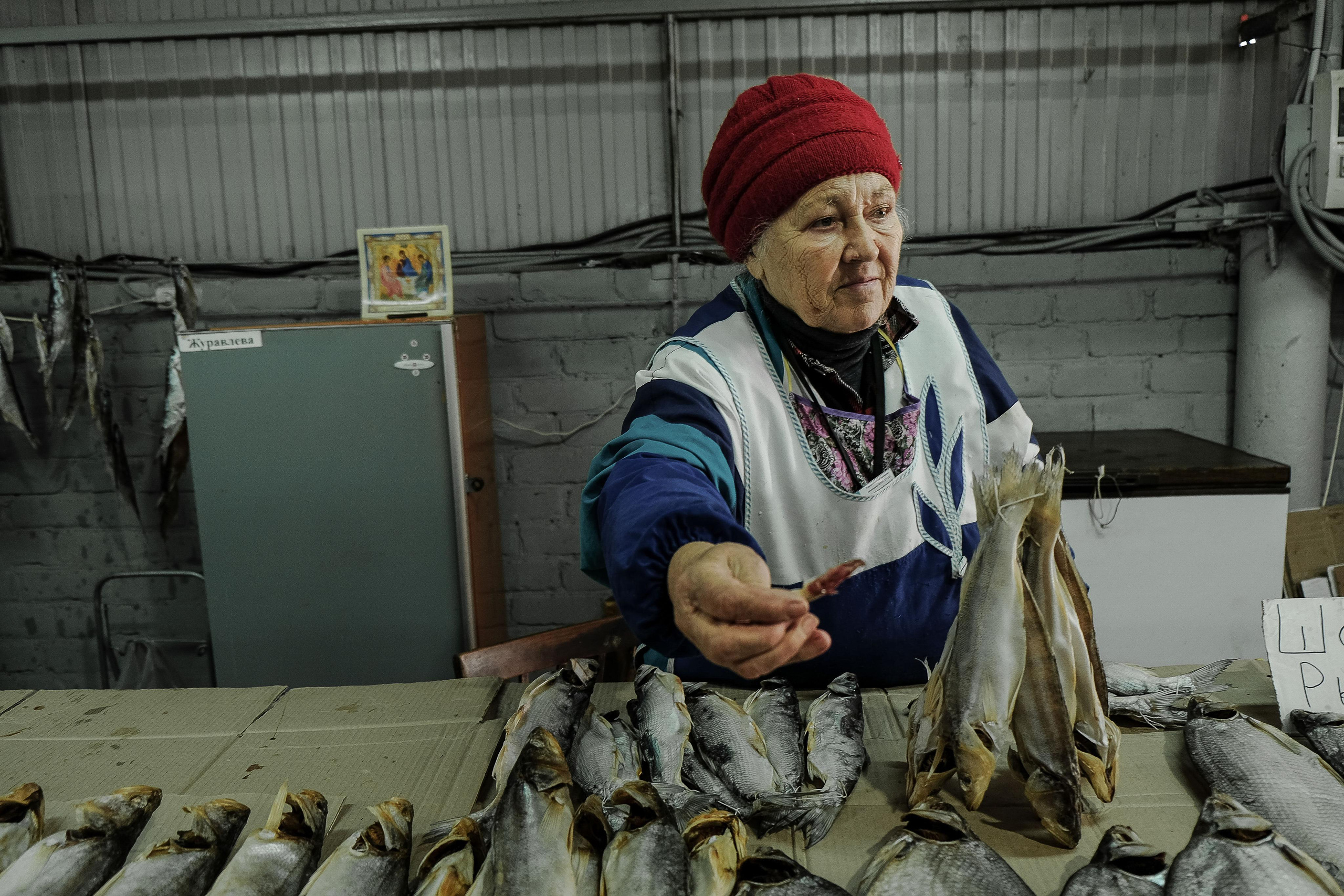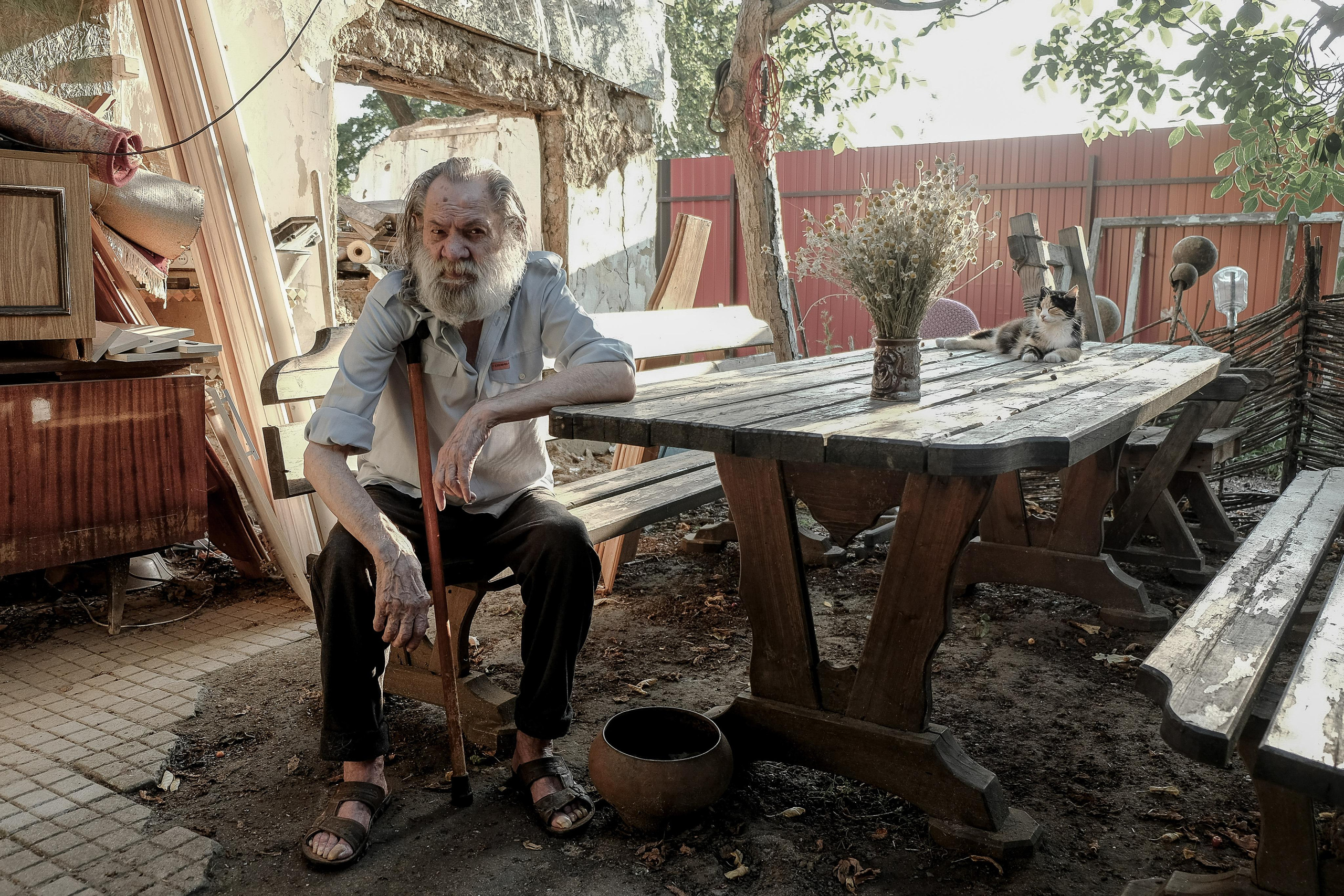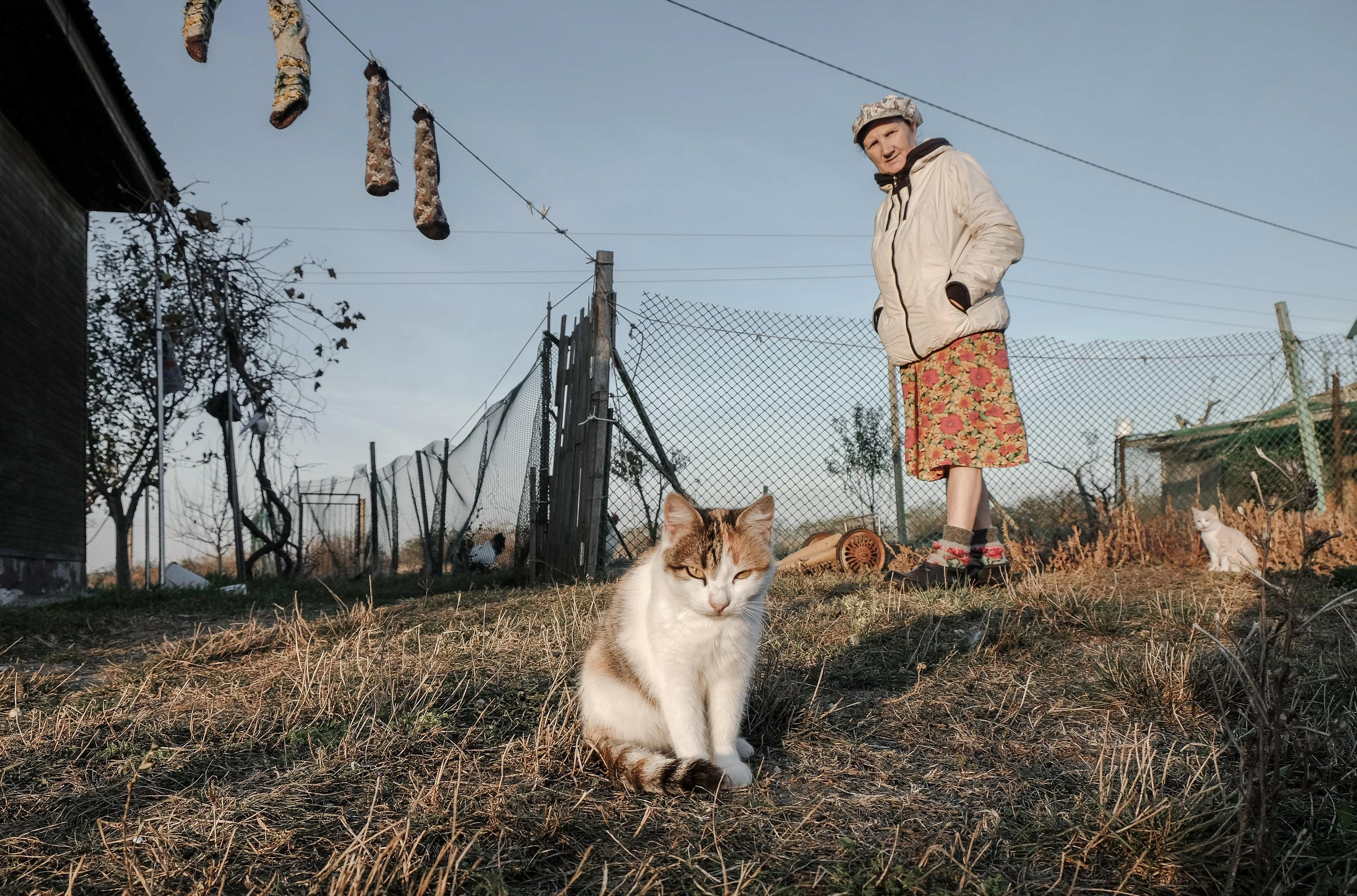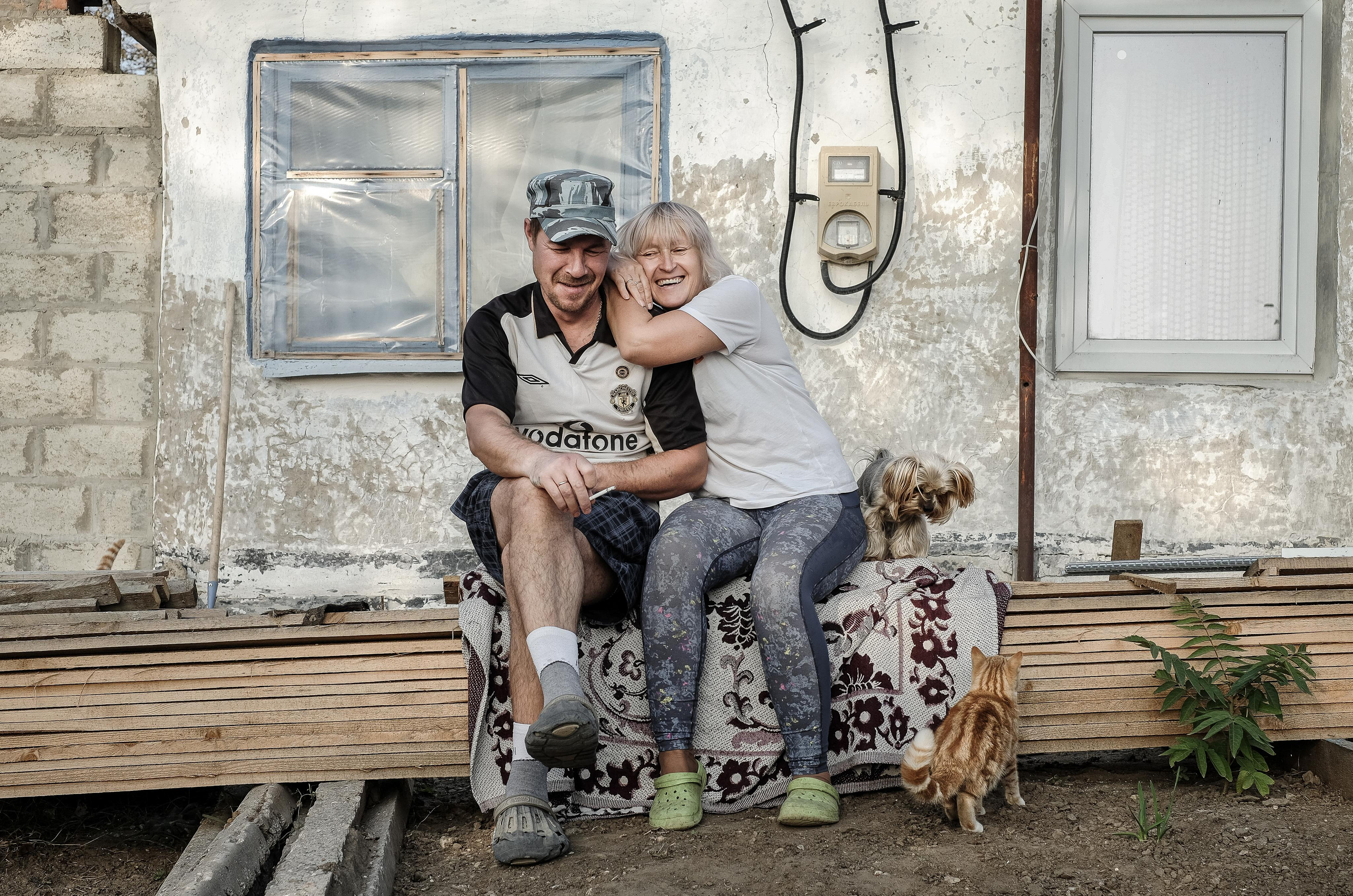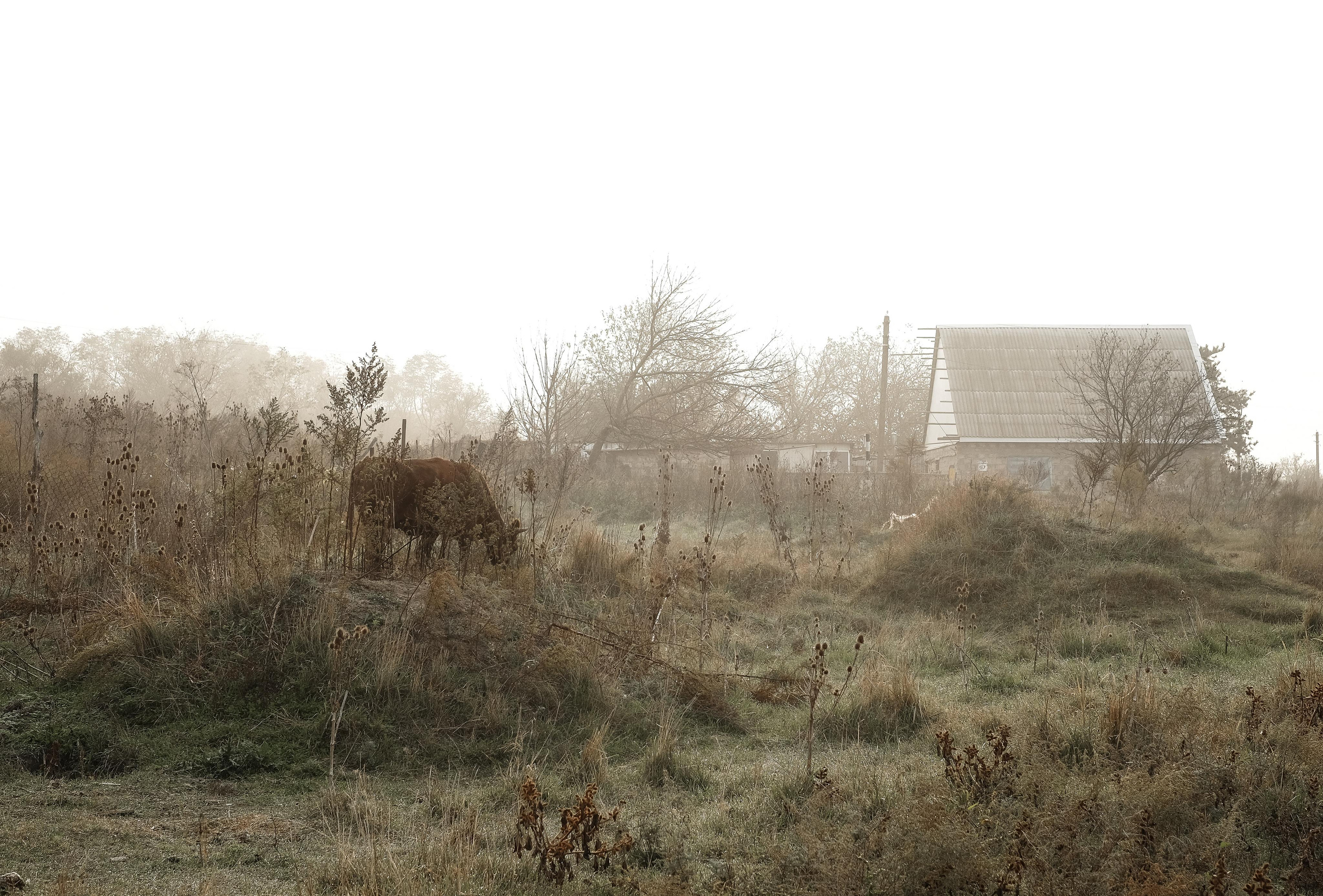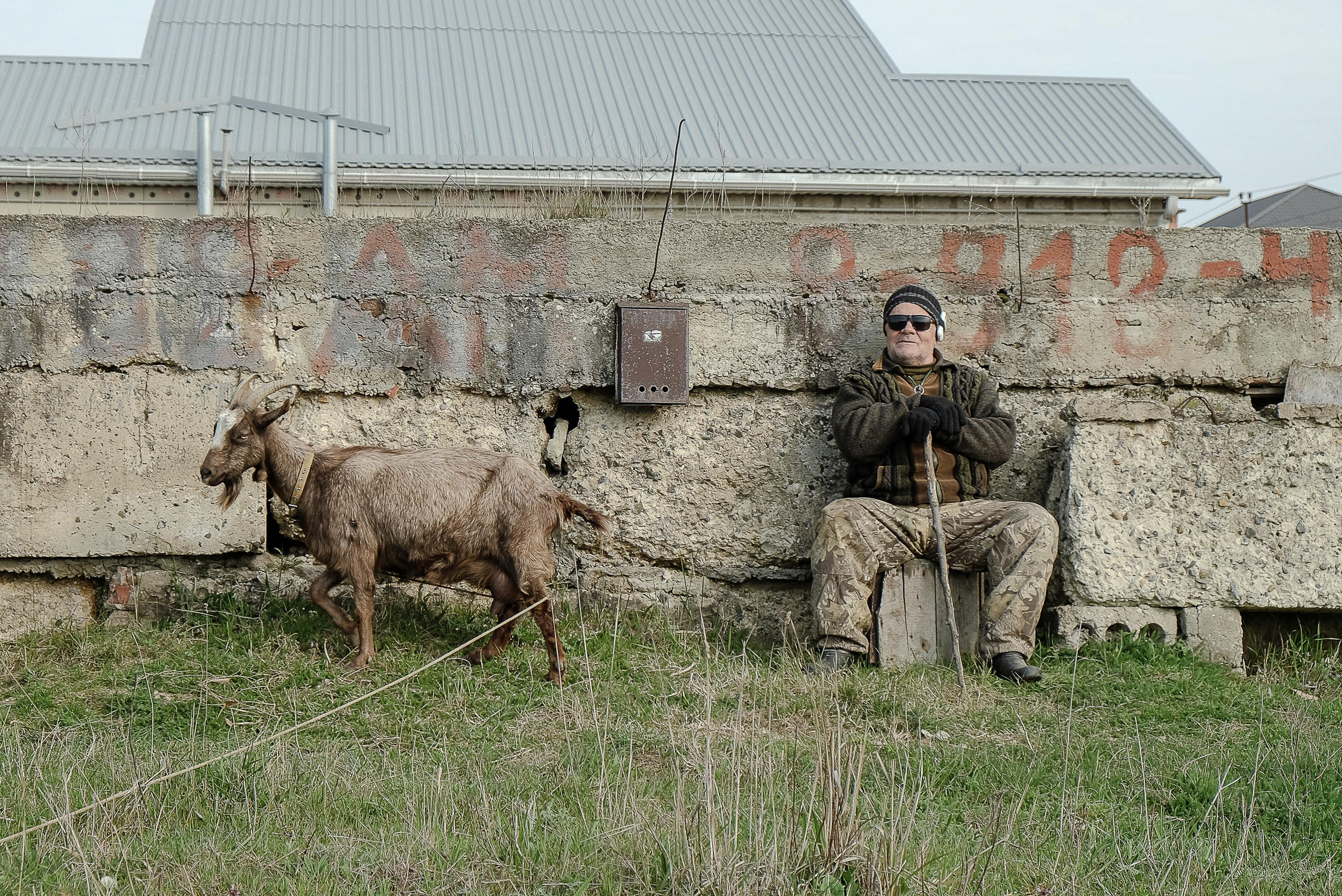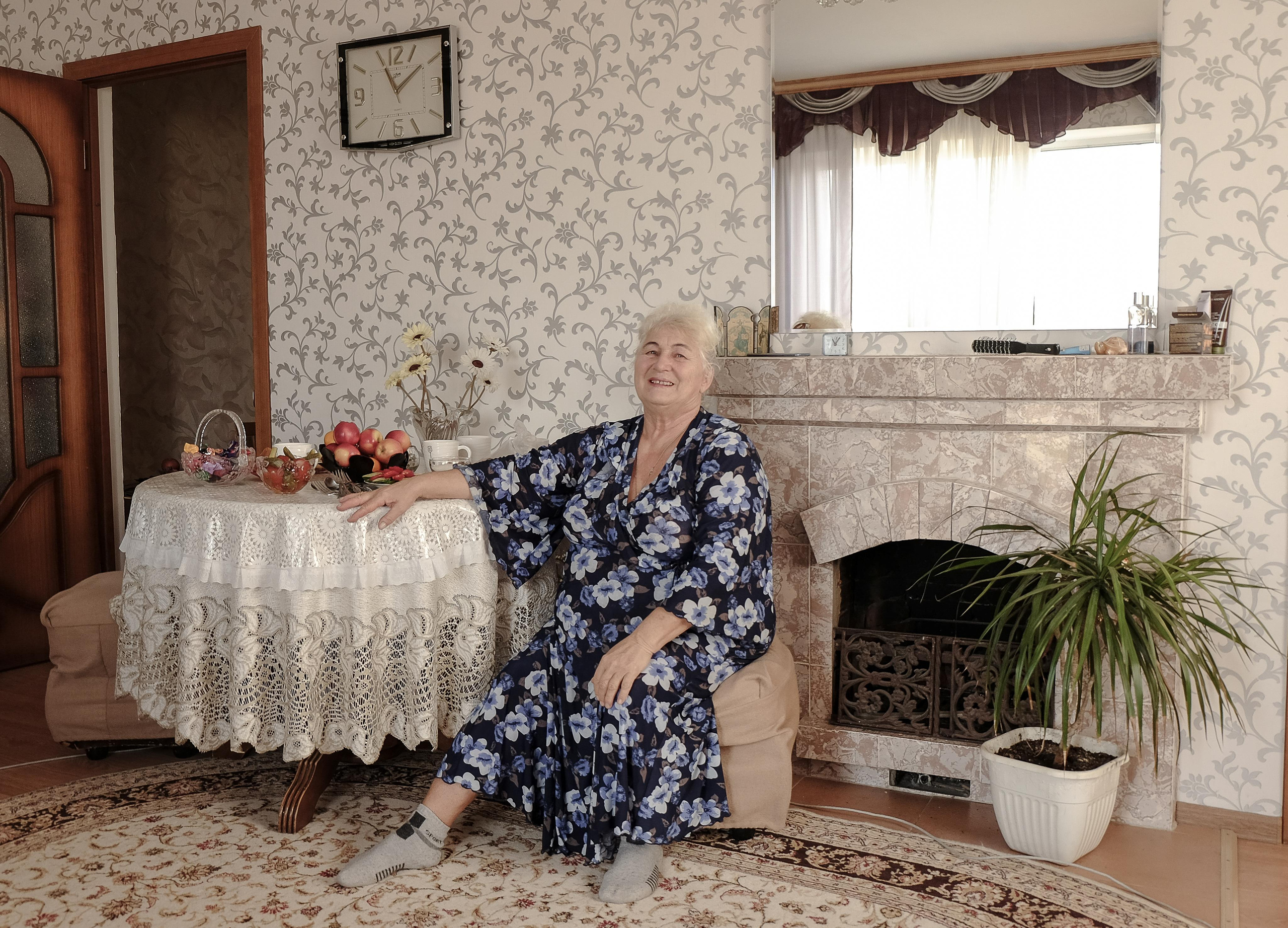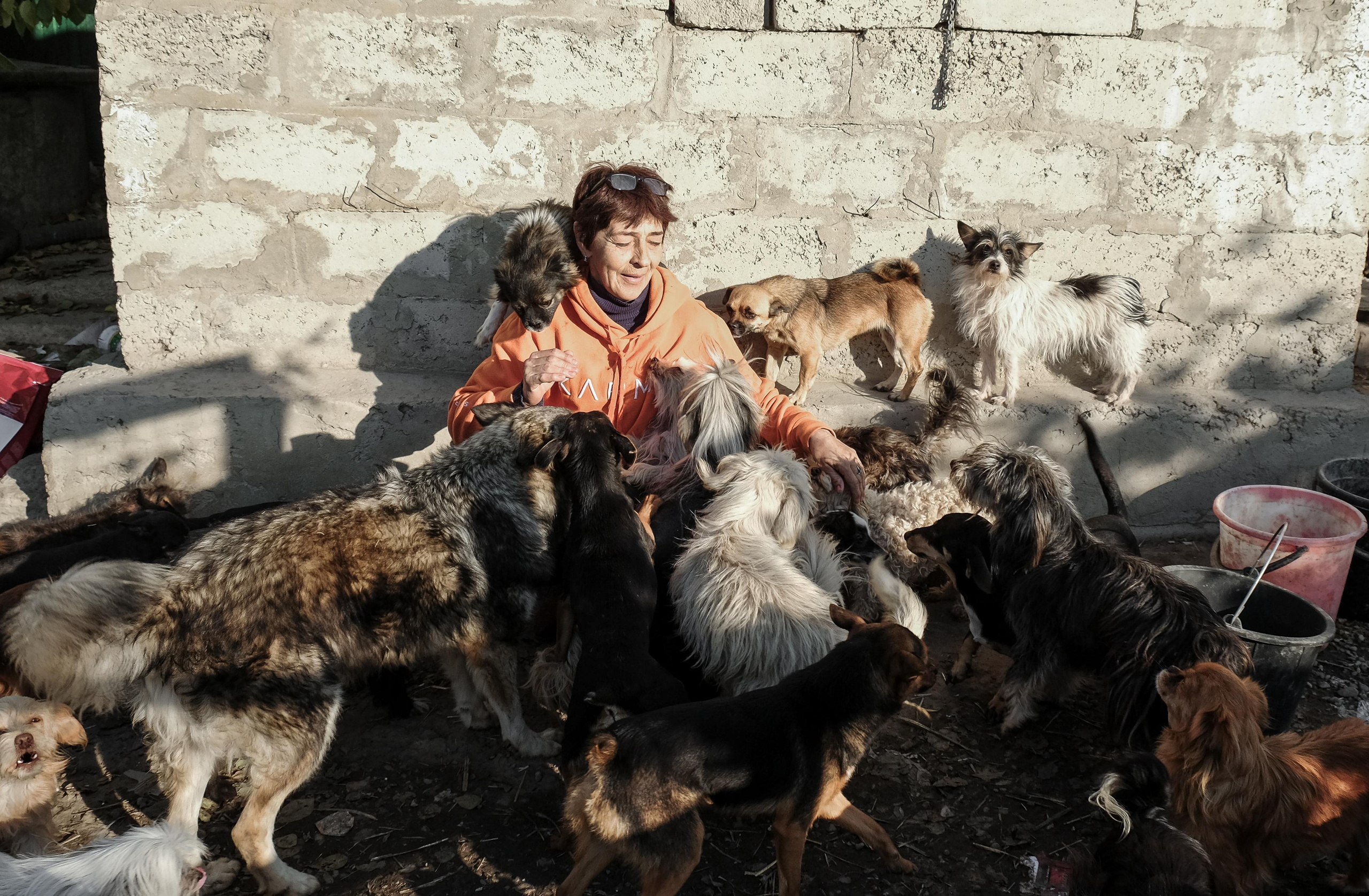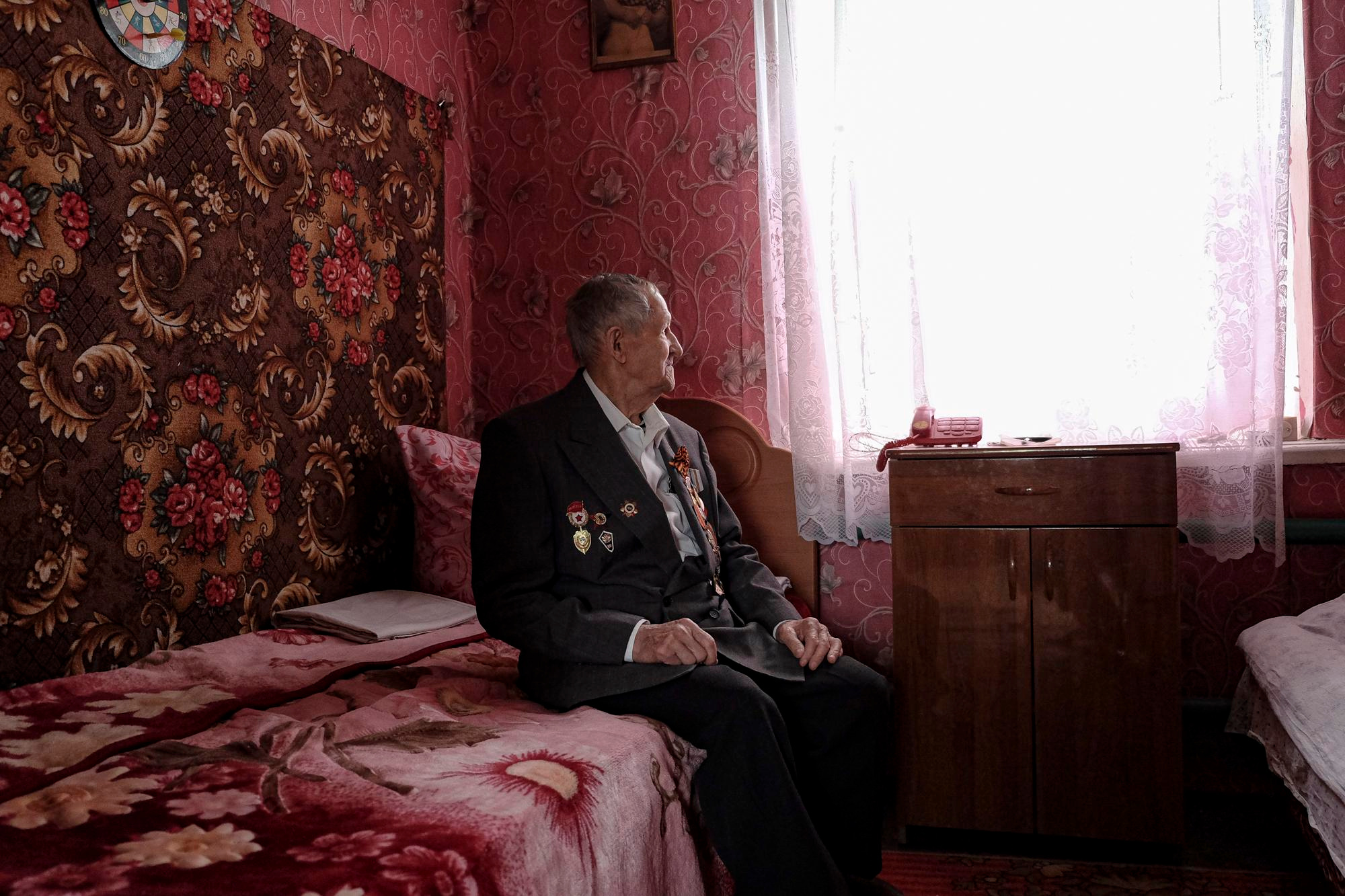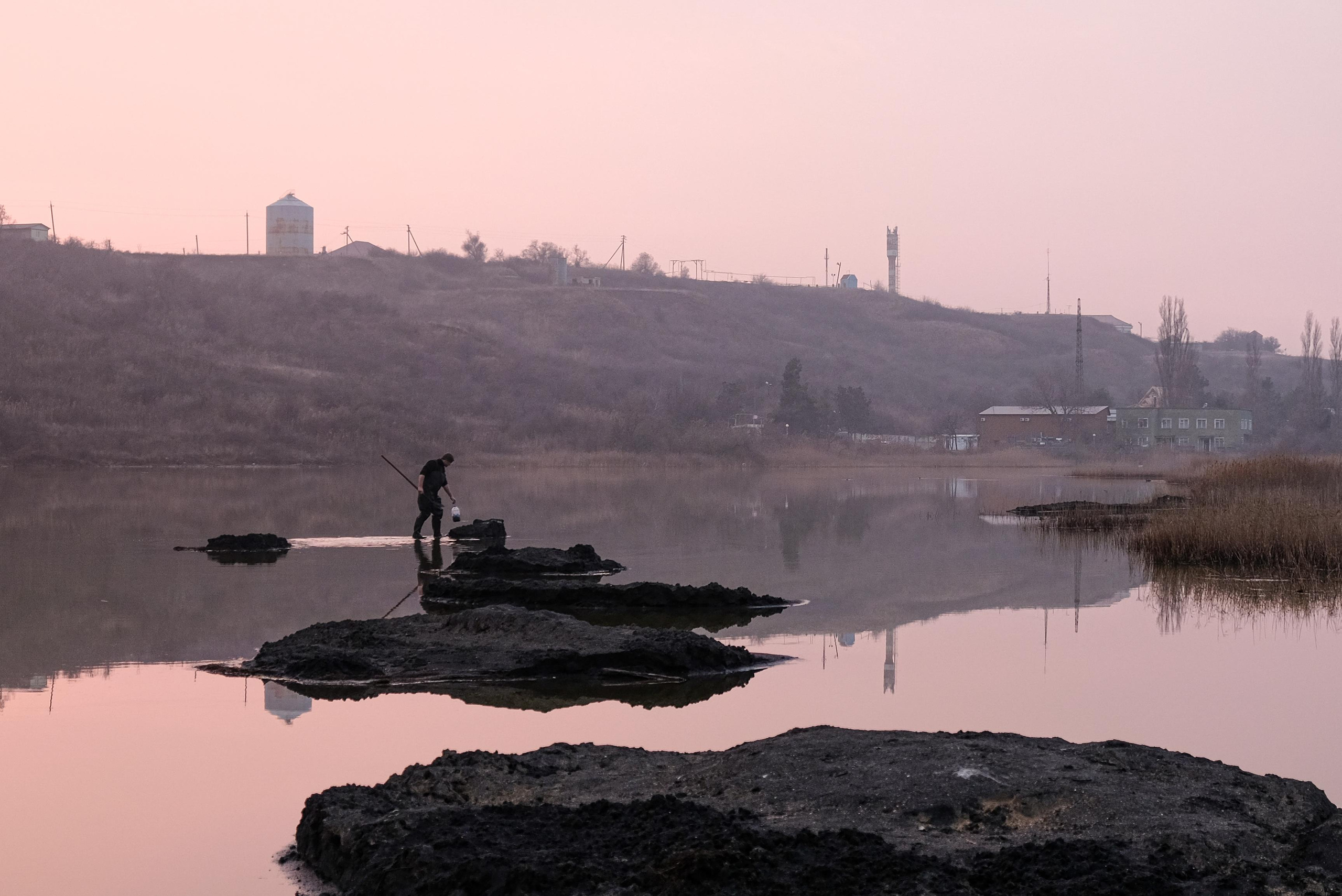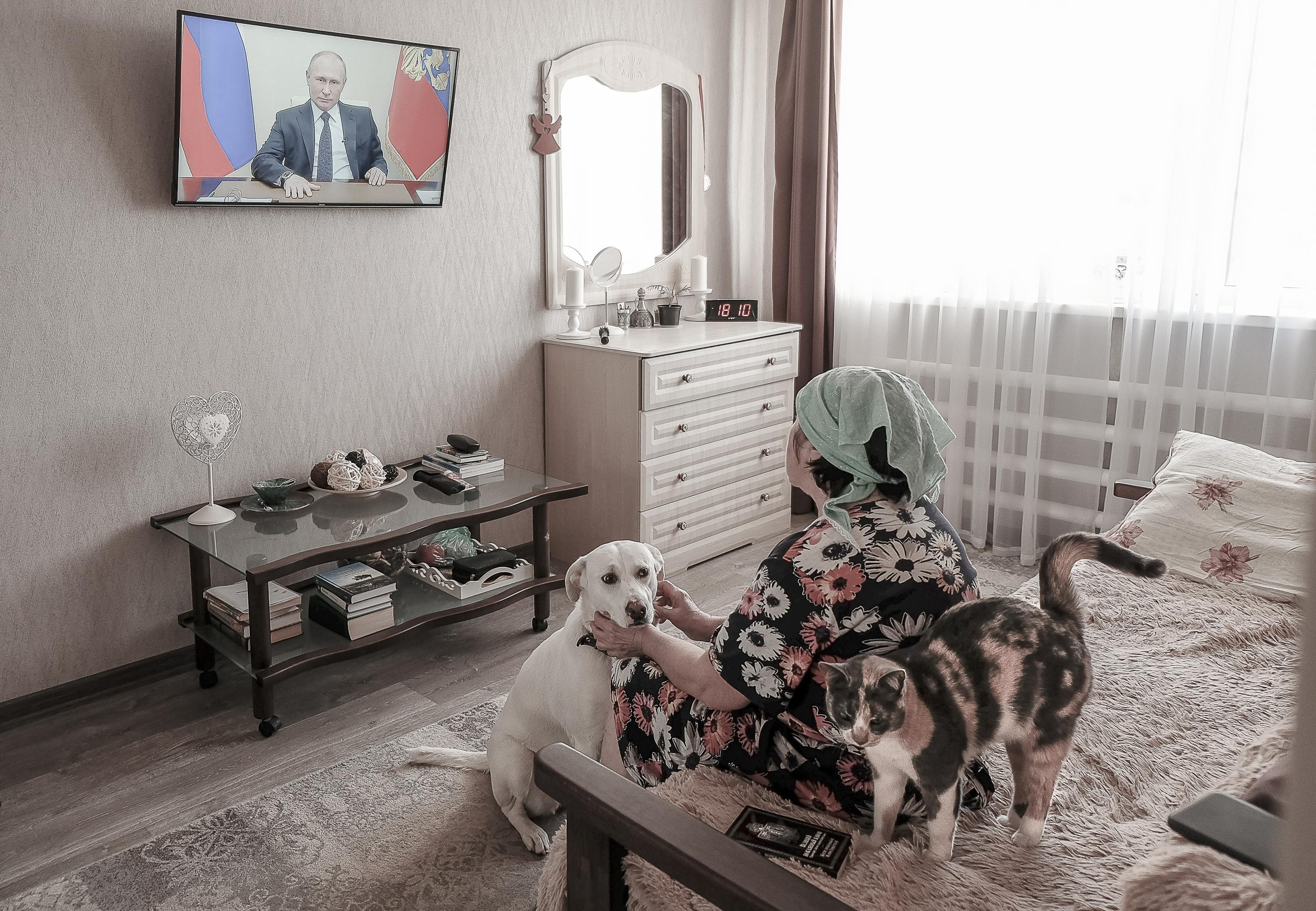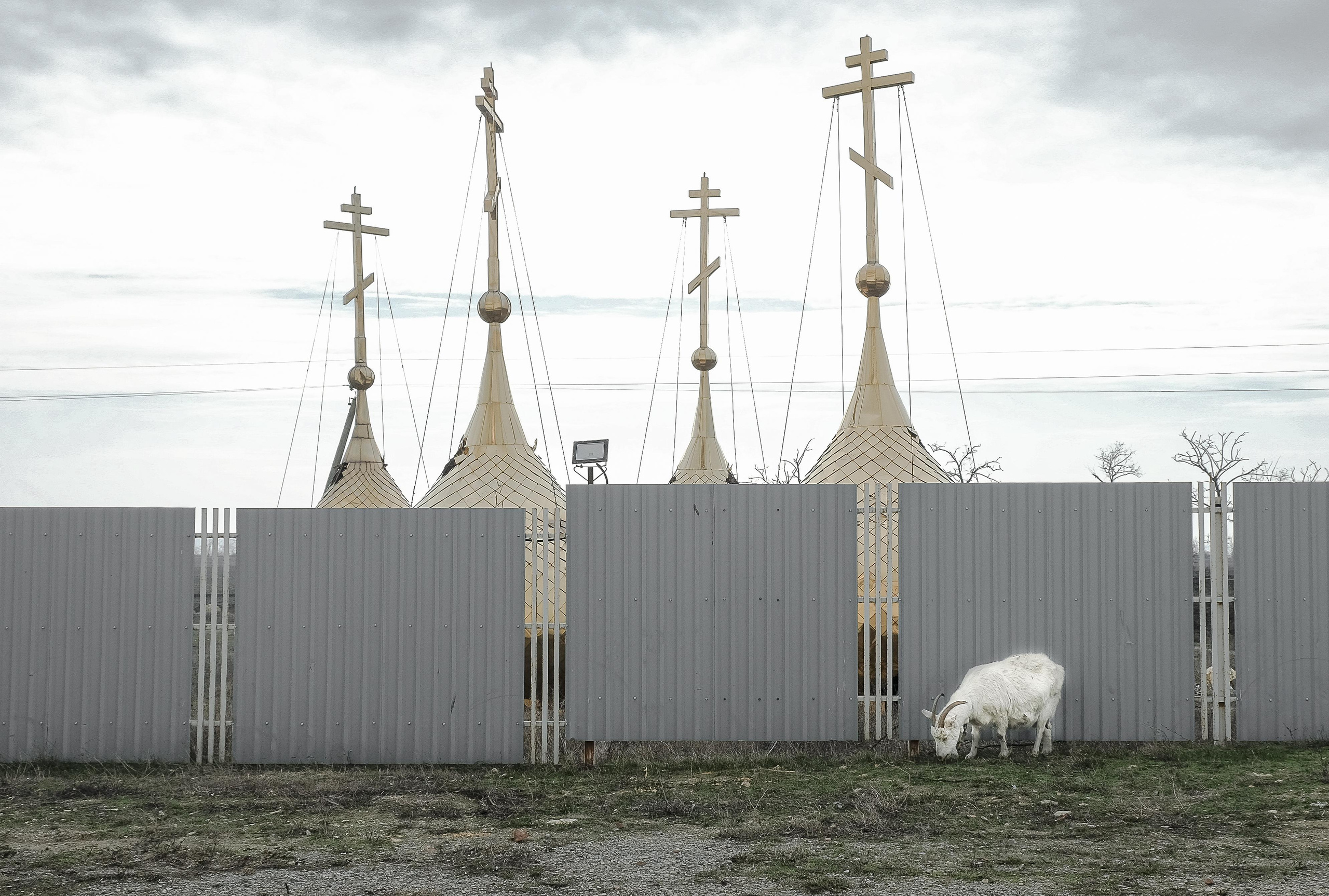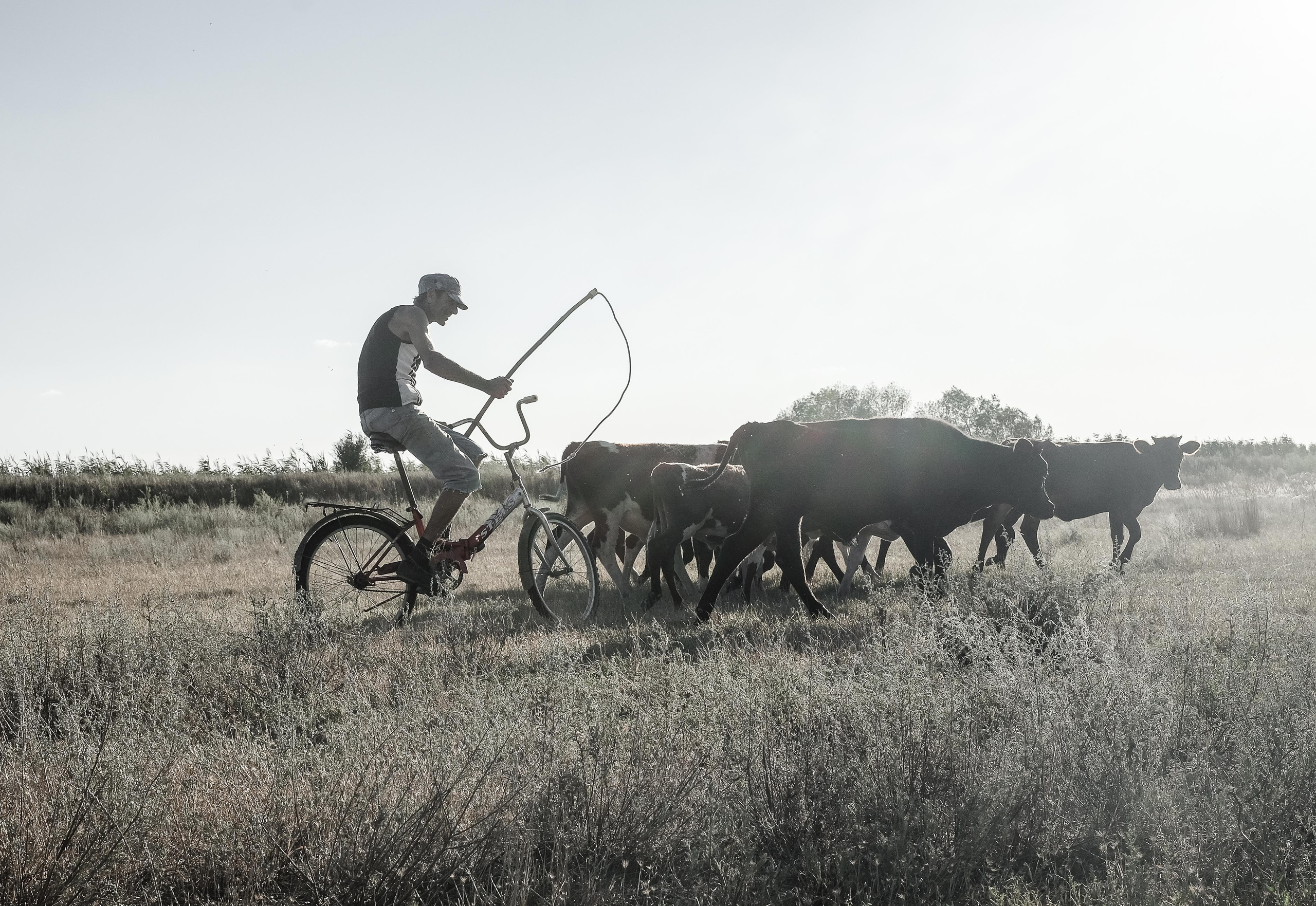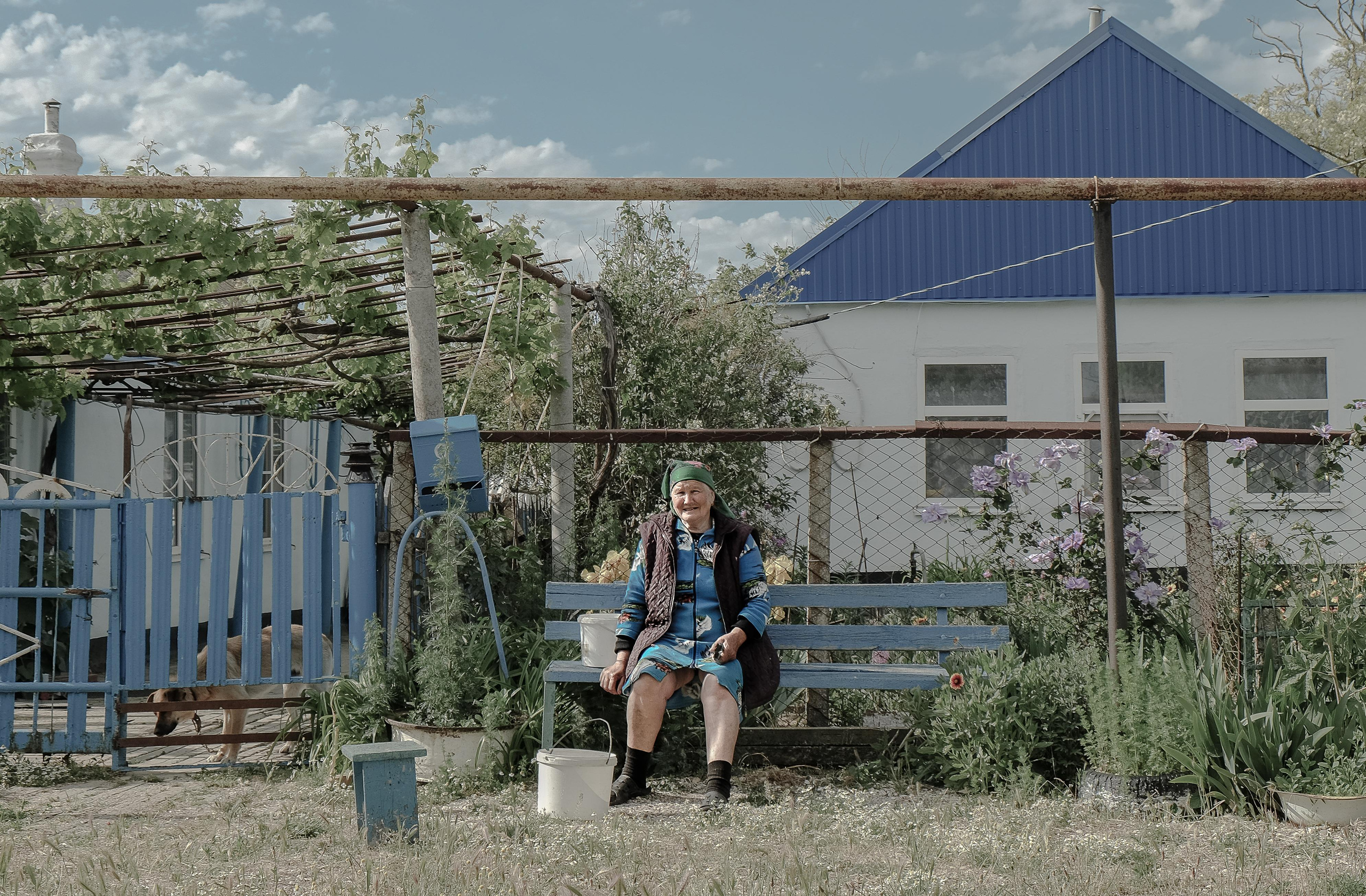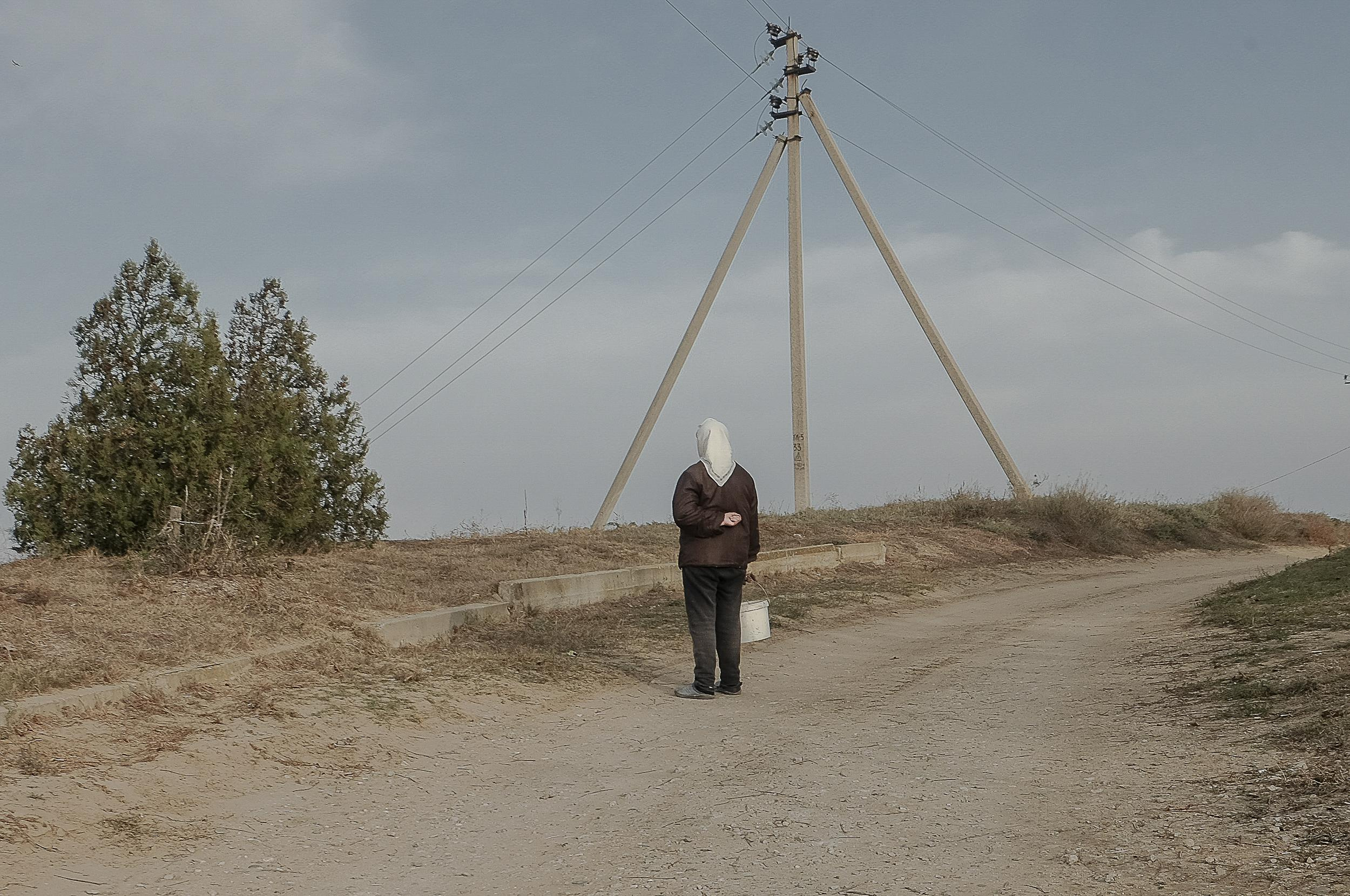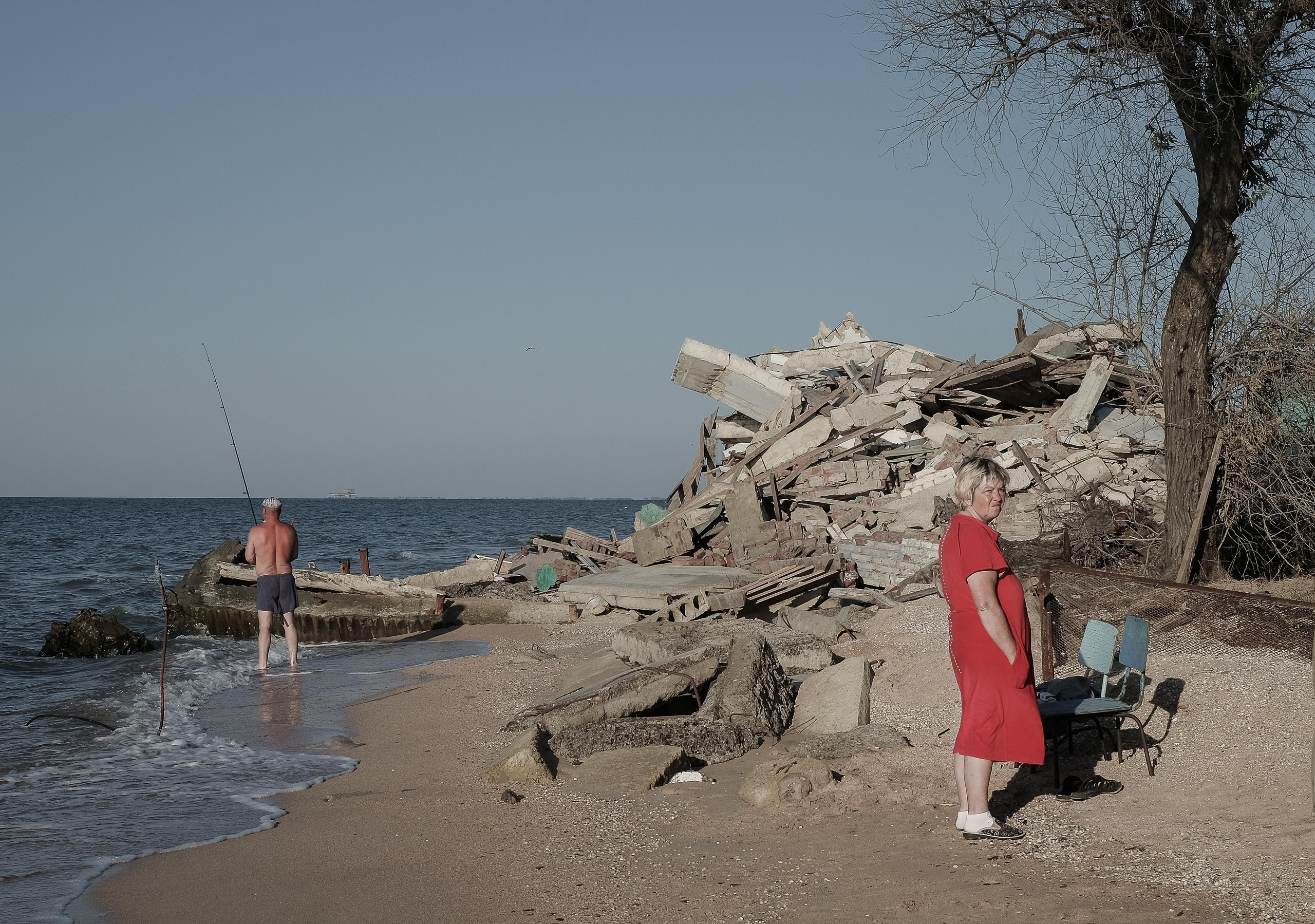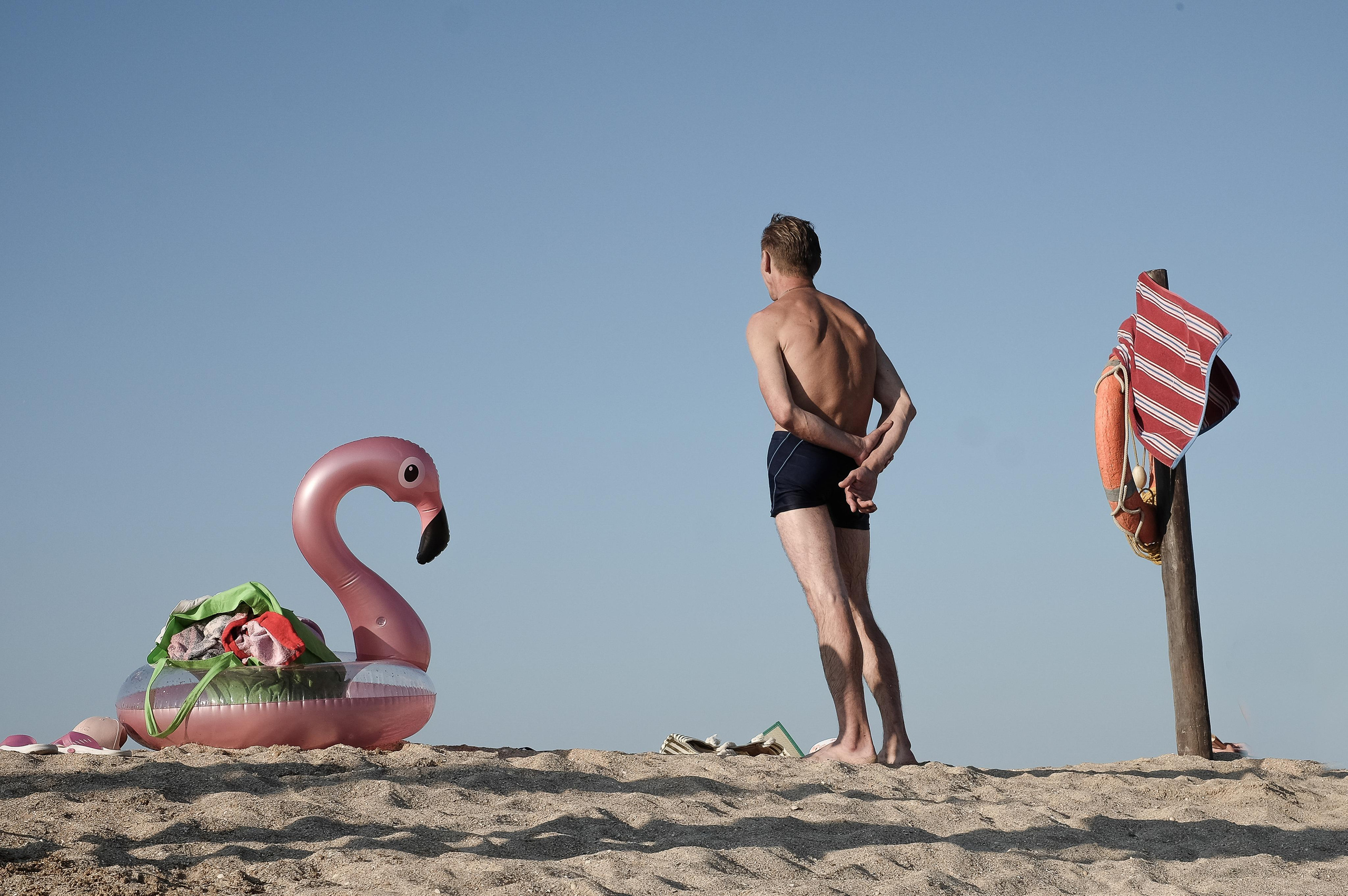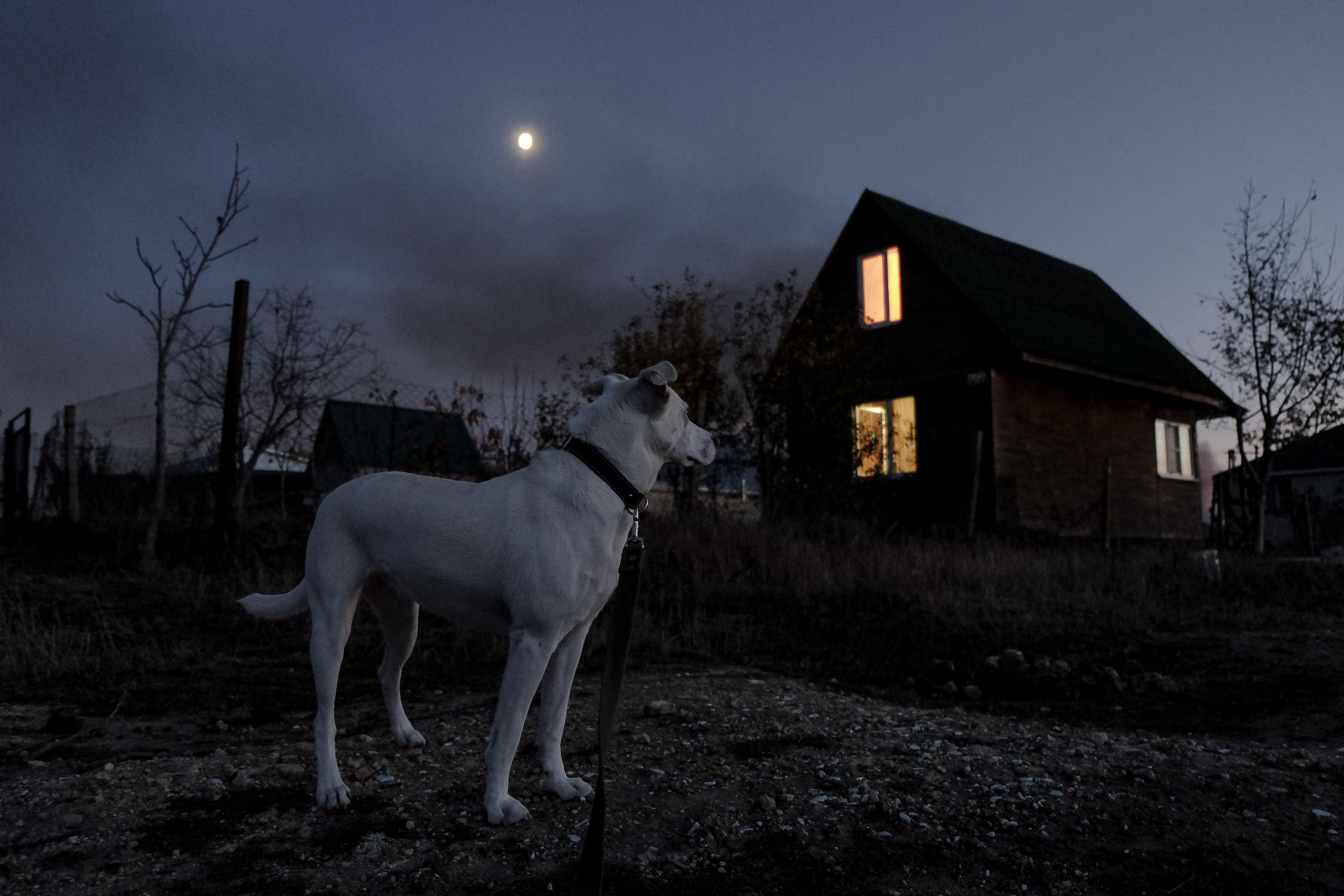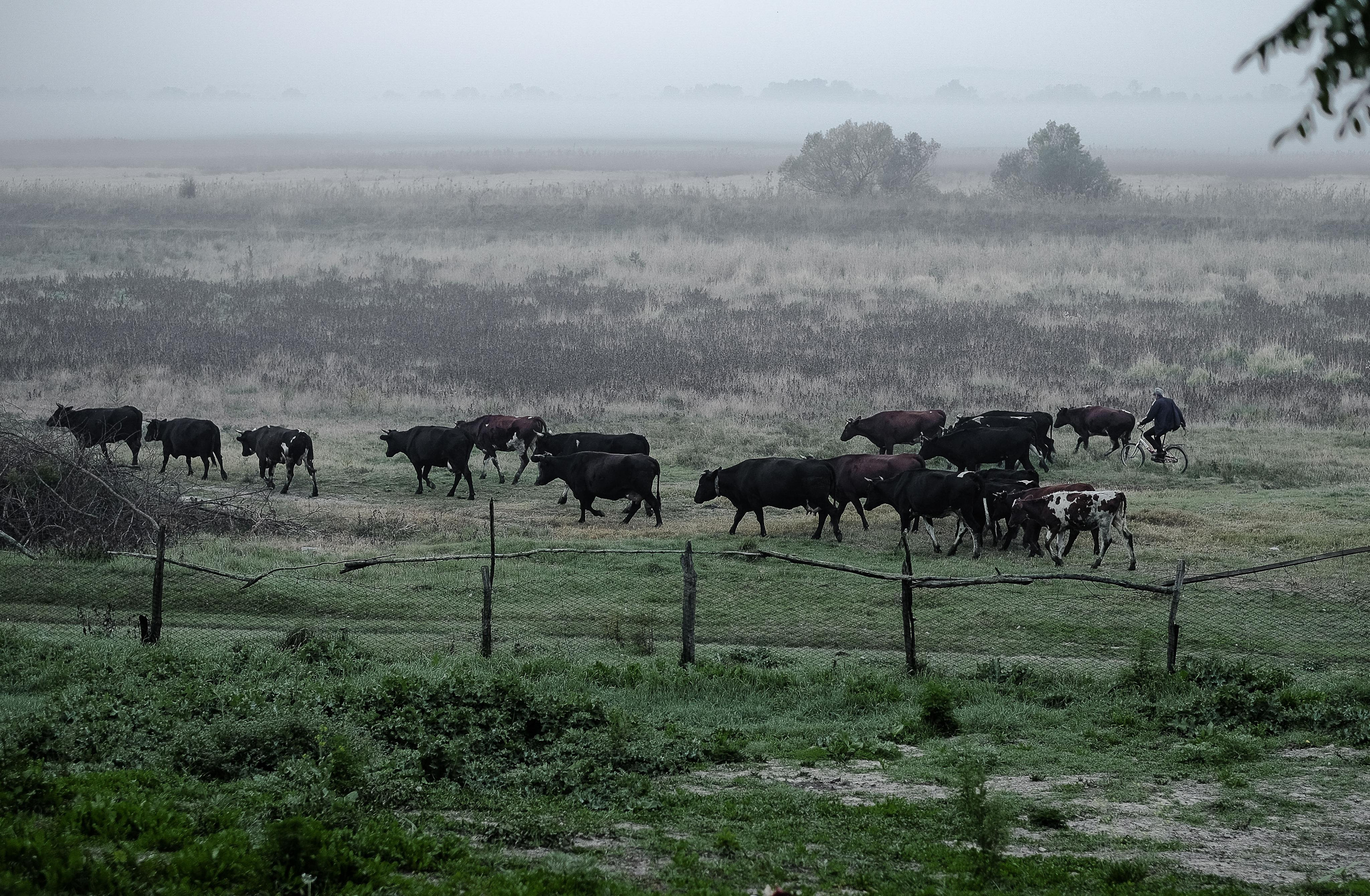Stanitsa (2019-2021)
For
locals, “Kuban” is the region along the Kuban River between the Black
and the Azov seas' shores. Geographically — this is the territory of Krasnodar
region, otherwise historically — the area that was previously occupied by the
Black Sea Cossack army. But primarily — Kuban is reach of broad flat fields,
fertile lands, and a warm climate, unusual for most of Russian territory. Local
villages, so-called “stanitsas”, are real Russian outback, where most
of the inhabitants are engaged in agriculture and live in close connection with
nature.
I moved to the small village “Golubitskaya” on the Azov Sea shore
after my parents. Therefore,
this resettlement became rather forced for me. This series of photographs were
taken during a year as an attempt to explore Kuban closer, learn it from the
inside, and cope with the very “Russian emptiness” surrounding anyone
who finds himself in the outback.
Photography becomes a search for harmony in a place where, at first glance, it is hard to find it. Through photography, I try to perceive my own ties to the place, my national identity. On the one hand, it is tempting to stay here to live, succumbing to the close sea’s magic and warm climate. On the other hand, I feel keenly that I will never become a part of this region. Moving within one huge country from north to south is almost as difficult as moving to another country.
Do local citizens feel the emptiness that envelops them here, gently plunging into the cradle of the frozen era? I think, yes. The emptiness makes us nostalgic and clinging to the past. And the sea horizon becomes the very link between locals and visitors, between the past and the present. The sea attracts the eye, offers to pause, stop the flight of time, and merge with emptiness — and this is the attractive magic of the Kuban land.
